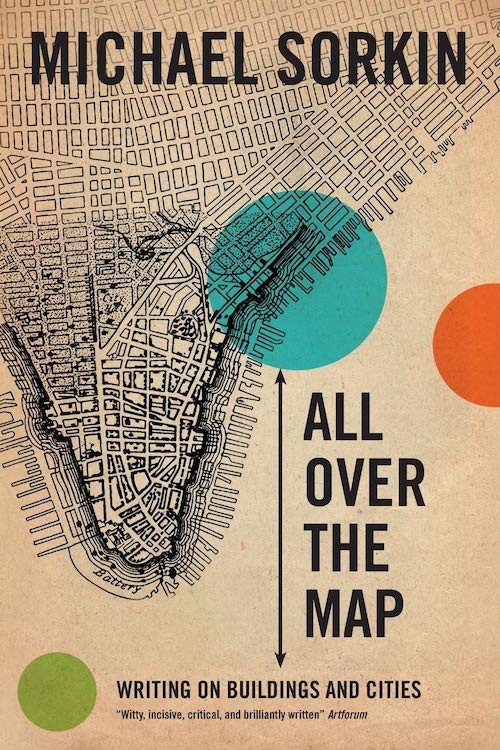
When the coronavirus pandemic arrived in the United States, Michael Sorkin became one of its earliest high-profile casualties. He died in New York City, where he’d lived since 1973 and about which he’d written since at least the early 1980s. Throughout that decade he was the architecture critic for the also-late Village Voice, a position in which he could fairly be said to have drawn on the experience of both of his master’s degrees, in architecture from MIT and English from Columbia. Not that his written work, well-known in the city for its needling tendentiousness, smacked of the academy: Paul Goldberger, New York Times architecture critic and Sorkin’s erstwhile enemy, once wrote that it was “to thoughtful criticism what the Ayatollah Khomeini is to religious tolerance.” Sorkin put that quote on the cover of his next book, an anecdote that obituaries have retold as representative of his character.
Sorkin was elsewhere remembered as a “bomb thrower,” and by the editor-in-chief of Architectural Record at that. Pieces written for that magazine constitute most of All Over the Map: Writings on Buildings and Cities, the volume I picked up in search of a belated introduction. Despite having known Sorkin’s name for years, I’d somehow never spent much time with his writing — an especially surprising oversight since it would seem to offer a model of city criticism, a form I attempted to define not long ago. City criticism is not architecture criticism, as I emphasized, and Sorkin seems to have approached the same point from a different direction, seldom writing about an individual building without also writing about the city. This could mean the actual city (usually New York) in which the building exists, “the city” in a more conceptual sense, or — least fashionably — the “good city.”
The sine qua non of the good city, in Sorkin’s view, is density, “the enabler of propinquity, the coming together of bodies in space. This density of encounter is the substrate of sociability and the material basis of democracy,” and the “frequency, character, and controllability of such encounters define the quality of urban life.” But the good city must “offer the possibility of avoidance as well as a hedge against uniformity of experience. A good city is clearly one that cannot be completely learned but must also reward the study produced by everyday participation. And a good city is one in which freedom of movement is facilitated, not impeded.” Cities are “civilization’s mnemonic, a contract in stone between past and future,” and the preeminent value of the good city “lies in its neighborliness, its respect for the other, for existing and historic patterns of life.”
Read the whole thing at Substack.